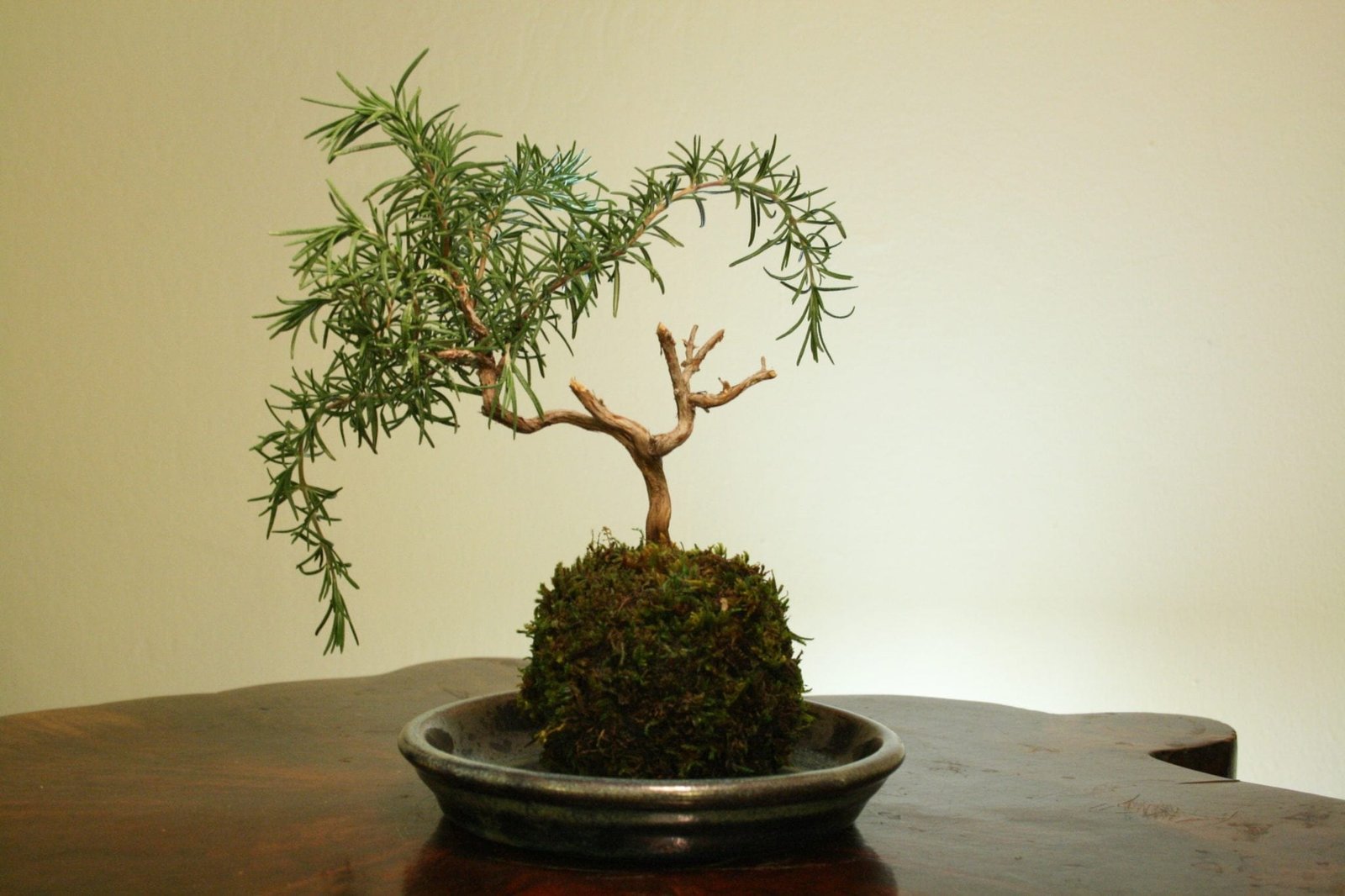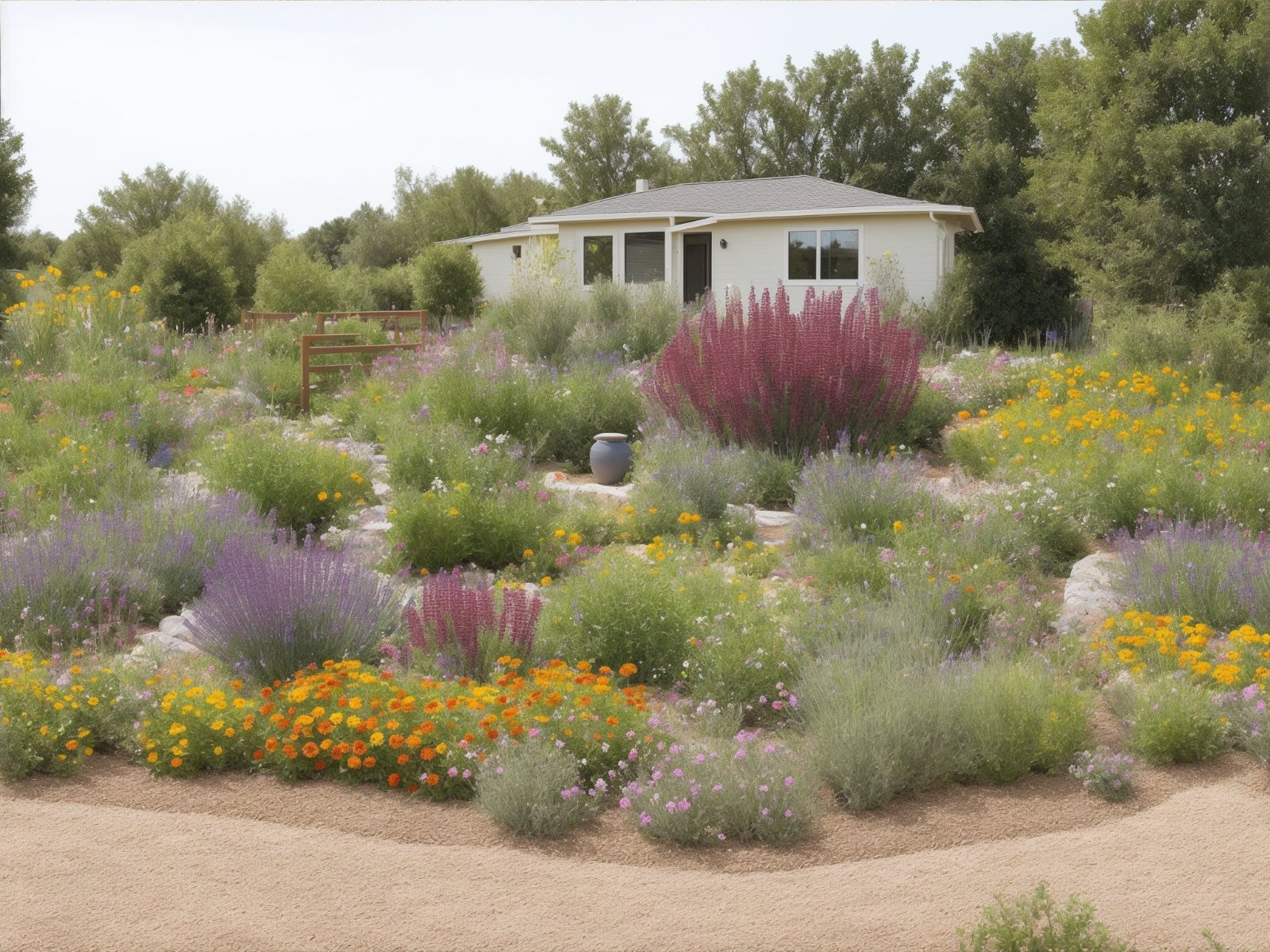How To Care For A Rosemary Bonsai
Ever since I added a rosemary bonsai to my herb garden, I’ve been fascinated by these miniature trees. Their beauty and aromatics make rosemary a perfect herb for the ancient bonsai artform. Though caring for my bonsai has been a learning journey, a few key steps help keep it thriving. I’m diligent about watering when the soil feels dry, using a well-draining soil mix. Trimming and training the branches into shape requires patience and vision. Feeding with organic bonsai fertilizer provides nutrients without disrupting the careful balance. With daily attention and proper technique, I’m able to shape my fragrant rosemary bonsai into a cherished living artpiece that infuses my home with Mediterranean flair. This unique plant has become my pride and joy.
Key Points:
-
- Rosemary’s aromatics and evergreen leaves make it an ideal herb for bonsai.
- It requires 6-8 hours of sunlight and well-draining soil.
- Watering properly is crucial – moist but not soaked.
- Frequent pruning and occasional repotting maintain its miniature shape.
- With regular careful training, a rosemary bonsai becomes a unique living artpiece.
Rosemary Bonsai Needs Special Care
Your garden is part of your own personality and this is why; it is important to have a good herb garden design. Most bonsai lovers prefer Rosemary Bonsai tree in their garden. It is evergreen, semi-woody, grows rapidly and can tolerate short period of drought. Rosemary also has medicinal properties and helps in preventing and treat cancer, liver diseases, and asthma. Its lavender blue flowers have sweet fragrance. Rosemary is pest resistant. All these and many more qualities make it an integral part of every herb garden design. The various cultivable varieties of Rosemary bonsai are Blue Lady, Blue Spires, Golden Rain, Miss Jessup and Severn Sea. While planting it there are many things that one should remember.
Planting Location-Sun Or Shade
Place the Rosemary bonsai at a location which receives six to eight hours of sunlight. It grows well in a warm and well ventilated location. But one should avoid placing their rosemary bonsai near heating stoves, direct heat and locations with high temperatures. The high temperatures can damage it and retard its growth. It is advisable to keep your bonsai indoors during winter.
Watering
It is advisable to water Rosemary bonsai regularly, although it is slightly drought resistant. It is preferable to water it in the morning. Mostly it requires water every two to three days. Check the soil moisture level with your finger before watering it. Always ensure that the potting container drains well as it cannot tolerate wet feet. Leaves of this bonsai have a benefit of absorbing water. So, misting water and fertilizers regularly on leaves helps in maintaining a healthy plant.
Regular Pruning And Repotting
Rosemary bonsai requires regular pruning to control its shape and maintain its health. It is advisable to remove dry and dead branches in early spring. Trim the bonsai at regular intervals during growing season. The branches on inner side may become dense with time. Trim them to facilitate the easy circulation of air and easy penetration of light. It will promote healthy growth of your bonsai. The young rosemary bonsai requires annual repotting while it is seen that mature rosemary requires repotting every second or third year. While repotting rosemary bonsai, its roots are pruned about one third inch. Avoid excess pruning as it can damage the plant. Remove excess soil and repot it quickly to avoid drying of the roots. After repotting carefully water the plant.
Feeding And Caring For Your Rosemary Bonsai
The rosemary bonsai should be fertilized every six weeks between spring and mid-summer with a well balanced fertilizer. A well balanced fertilizer includes proportionate amount of nitrogen, potassium and phosphorous. It is better to incorporate the fertilizer in half strength. The fertilizer should not be placed near the roots as it may burn them. Rosemary is susceptible to powdery mildew fungus, so it is advisable to spray sulphur containing fungicide once a month to have prosperous Rosemary Bonsai in your herb garden design.
Conclusion
Caring for a rosemary bonsai brings unique rewards, but also requires diligent effort. Providing the right amounts of sun, water and well-draining soil are essential to keeping it healthy and shaping its growth. Regular pruning maintains the form, while occasional repotting updates its roots and soil. With attentive yet patient daily care, fertilizing, and training, a rosemary bonsai’s woody stems and pine-like leaves can be guided into a stunning living sculpture. Its Mediterranean fragrance and evergreen beauty make rosemary a cherished addition to an indoor herb garden. For bonsai enthusiasts, nurturing this aromatic miniature tree is a labor of love.
Related posts:




